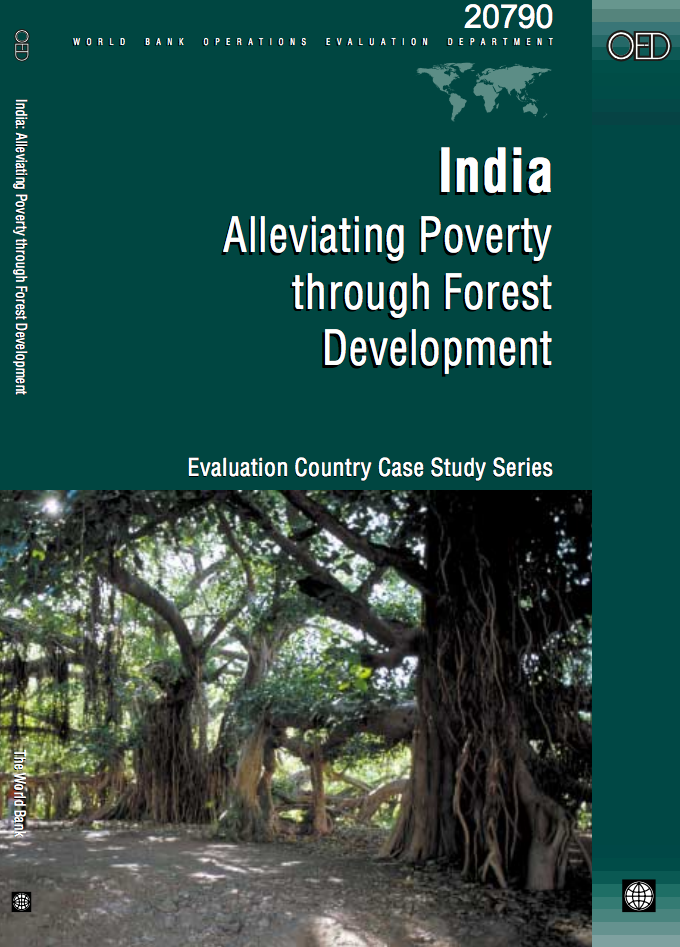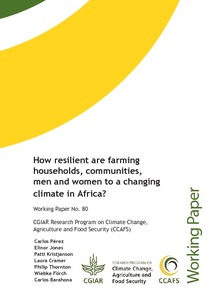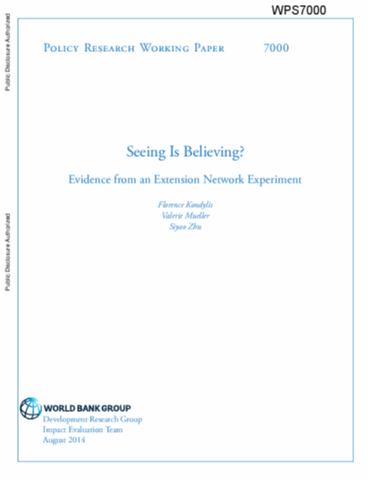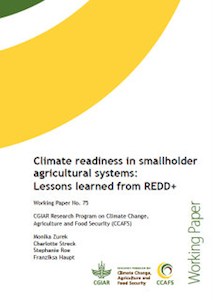Assessing the Potential Consequences of Climate Destabilization in Latin America
Estimating the potential costs of
climate destabilization is not a trivial matter. Potential
climate impacts have multiple consequences, some of which
can be monetized while others are beyond the reach of
standard economic tools. A full assessment of the
implications of climate impacts often cannot be completed
because many of the consequences are only partly known. This
report summarizes data recently made available, through the





